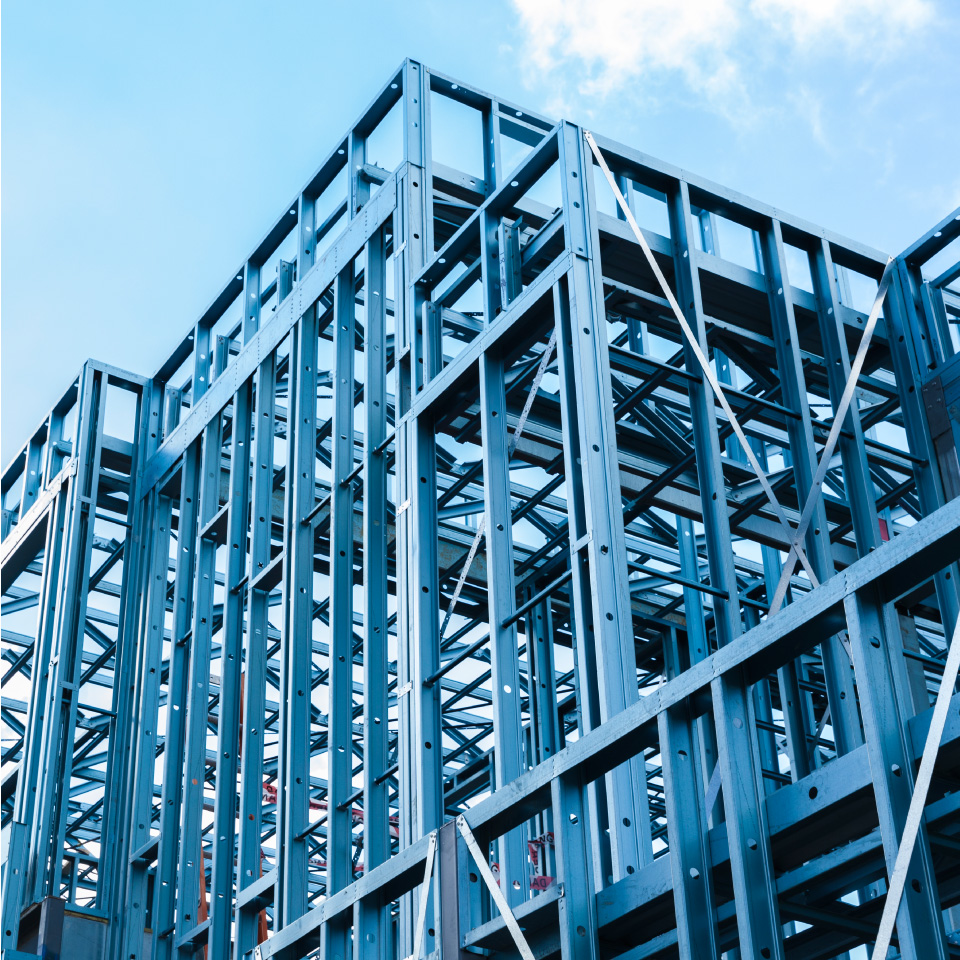How Steel Frame Trusses Ensure Structural Strength
Steel frame trusses consist of triangulated steel components that are designed to carry loads across a span. These structures are used for roofing systems, floors, and bridges.

The importance of structural integrity in modern construction cannot be understated. The framework of a building is crucial to its safety and longevity, whether it's for a warehouse, residential home, or large industrial facility. Steel frame trusses are one of the most efficient and reliable structural elements in construction. They ensure strength and stability.
What are steel frame trusses?
Steel frame trusses consist of triangulated steel components that are designed to carry loads across a span. These structures are used for roofing systems, floors, and bridges. The truss design evenly distributes loads across its framework to minimize stress at one point. Trusses are stronger than other framing methods because they have a triangular design.
Superior Strength-to-Weight Ratio
Steel trusses are known for their outstanding strength-to-weight ratio. Steel is a material with a high tensile strength that can resist significant stress without deforming. This strength is increased when fabricated as a truss, which allows the truss structure to carry large loads while weighing less. This is especially useful in large-span buildings like sports arenas and warehouses where roofs with heavy loads need to be supported without the use of bulky internal columns.
Load distribution enhanced
The truss is an efficient way to distribute both static and dynamic loads. Each triangle of the truss acts as a mini-support system that transfers loads from one place to another, and finally down to the foundation. This equal distribution reduces the chance of localized structural failure. Steel frame trusses are a resilient option for areas that experience heavy snowfall or strong winds. They also help buildings maintain structural integrity in seismically active regions.
Durability and Resistance
Steel trusses can withstand many environmental stresses. Steel is resistant to rot and termites. Steel is also resistant to fire and extreme temperatures, without losing strength or shape. Steel is resistant to corrosion thanks to modern galvanization and protective coatings.
Design Flexibility
Steel trusses can be custom-designed using modern engineering techniques and prefabrication. Steel trusses are able to be customized for any project, whether it requires large clear spans, specific angles on the roof, or aesthetic considerations. This flexibility ensures structural strength will never be compromised by design or functionality.
Cost-Effectiveness over Time
Steel frame trusses are more expensive upfront than other materials, but their value over the long term is unparalleled. Total costs are reduced due to lower maintenance requirements, longer lifespan, and improved performance. Prefabricated steel trusses can be installed faster, which reduces labor costs and construction times.
The Sustainability of the Economy
Steel trusses are an environmentally friendly option. Steel is 100% recyclable, without affecting its quality. Many steel trusses come from recycled materials. They are also durable, which means that they require fewer resources over time to repair or replace them. This contributes to more eco-friendly building practices.
The conclusion of the article is:
Steel frames trusses offer a combination of strength and durability that is also efficient. They are designed to provide optimal structural integrity and load distribution, even in extreme conditions. Steel trusses are a popular choice among engineers, architects, and builders because of their customization options, durability, and long-term savings.
Steel frame trusses are a great choice for any structure. They will provide safety, performance, and peace of mind.